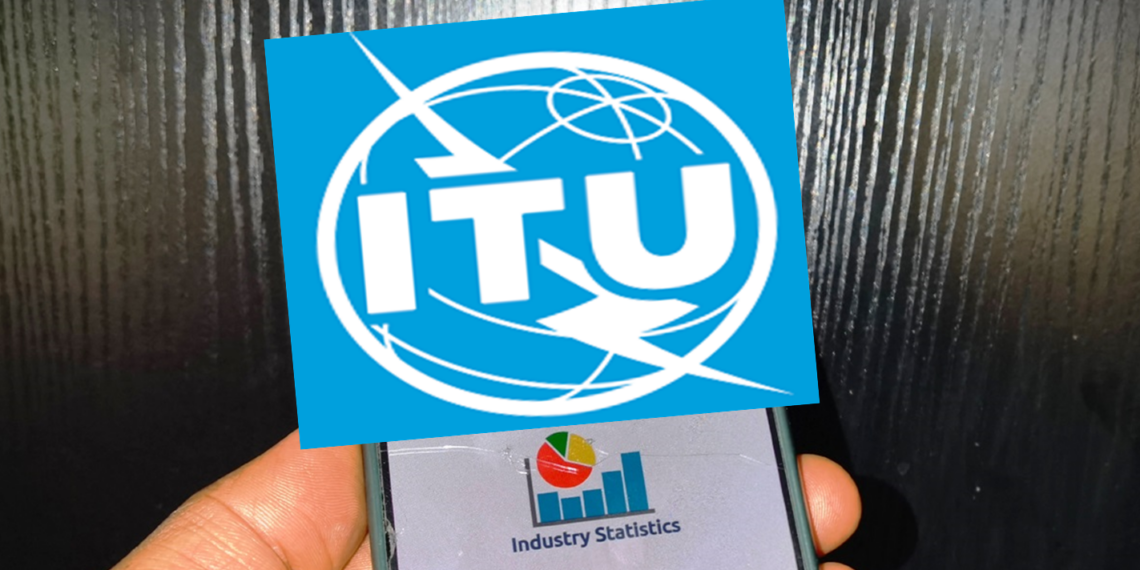United Nations’ telecommunication body – International Telecommunications Union (ITU) – has said that Nigeria and the rest of Africa have the lowest 5G coverage rate in the world at only 6 per cent as of December 2023.
According to the ITU in its ‘Mobile Network Coverage Facts and Figures 2023’ report, this is in part due to the continued importance of older mobile technologies in Africa, such as 2G and 3G networks, the international agency on telecom and internet said in its latest report.
The report indicated that while 2G and 3G networks are being phased out in developed countries, they remain a key part of the telecommunications landscape in many African countries, especially those with lower-income economies like Nigeria.
According to the ITU, 2G and 3G networks are still the predominant technologies in use in many African countries including Nigeria.
This is because these networks offer a lower-cost option for providing basic mobile services, such as voice calls and text messages, in areas where 4G and 5G networks are not available.
There are still hundreds of towns and villages in all the country’s six geopolitical zones workout 4G and 5G networks.
As a result, ITU said, older technologies (2G and 3G) are likely to continue to play an important role in the African telecom industry. (ITU).
It noted that 3G coverage was at 19 per cent and 2G coverage at 10 per cent, adding that Africa continued to lag the world in network adoption with 5G already at 38 per cent and 4G at 52 per cent.
The union stated that in many countries older-generation mobile networks were being switched off in favour of new-generation networks.
It said, “5G enables the development of a digital ecosystem by connecting machines, objects, and devices with ultra-low latency and the potential to improve energy efficiency. This is the case for most European operators that plan to switch off 3G networks by December 2025 and for operators in the Asia-Pacific region.
“However, in some countries, the path is less clear, mainly because 2G and 3G networks retain a significant presence. This is the case notably in lower-income countries, where both technologies remain an important means of communication. In these countries, the main obstacles to 5G deployment and adoption include the high infrastructure costs, device affordability, and regulatory barriers.”
The United Nations body on telecommunications declared that since commercial deployment began in 2019, 5G coverage had increased to reach 40 per cent of the world population in 2023 with distribution very uneven.
It stated that while 89 per cent of the population in high-income countries was covered by a 5G network, coverage remained limited in low-income countries.
It expanded, “Europe boasts the most extensive 5G coverage, with 68 per cent of the population covered, followed by the Americas region (59 per cent) and the Asia-Pacific region (42 per cent). Coverage reaches 12 per cent of the population in the Arab States region and less than 10 per cent in the CIS region (eight per cent) and Africa region (six per cent).”
Speaking on broadband coverage, ITU noted that while the mobile-broadband network is already available to 95 per cent of the world population, bridging the coverage gap (i.e., the remaining five per cent) is proving difficult).
It added, “In the Africa region, the gap is shrinking but remains relatively high at 16 per cent, predominantly affecting the population of central and western Africa.”
They indicated that only about a dozen countries, including Nigeria, South Africa, Kenya, Zimbabwe, and Zambia, have launched commercial 5G services.
The ITU’s report is a vindication of Enextgen Wireless, an engineering company that focuses on improving user experience in Mobile Broadband Wireless Communications.
The company had in December 2023 hinted that tampering with a cell site in Maiduguri should not cause a call to drop in Yaba, Lagos or vice-versa.
In fact, they communicated this to the industry regulator, the Nigerian Communications Commission (NCC).
Enextgen Wireless is of the view that some MNOs are deploying propaganda machine to confuse the subscribers who, in many occasions, do not receive value for money paid.
“Use our platform or come up with similar platform to monitor mobile networks instead of making assumptions or repeating the propaganda of the MNOs”, the company wrote in a report obtained by Techeconomy.
In the report, the engineers showed examples of call drops from Lagos, Port Harcourt and Abuja.
“Those from Lagos and Port Harcourt were due to missing handoffs. Sure, these could be due to cable cuts. However, they appear often enough in MTN’s network that they should reflect on the KPIs published for MTN by NCC. They don’t. Those from MTN’s 5G in Abuja occurred at a stationary location”.
“The government should stop blaming the public for vandalism being the primary cause of poor network quality, in lieu of holding MNOs accountable.
“If vandalism is truly the cause of all mobile network quality issues, let the reports published by the NCC reflect the resulting network degradation”, the report reads in part.







Comments 1